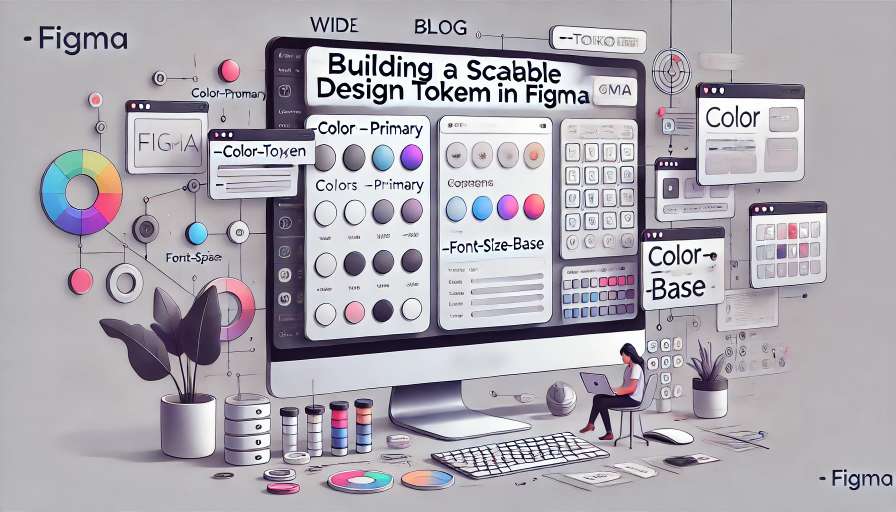Category: Uncategorized
-

AR & VR UI Essentials: Immersive Interface Guidelines
Designing for the future of digital interaction is no longer confined to screens and swipes. As augmented reality (AR) and virtual reality (VR) technologies become more accessible and widely used, designing interfaces for these immersive environments is now a critical skill for UI and UX professionals. If you’re diving into the world of immersive design,…
-

Ethical Design: Avoiding Dark Patterns and Building Trust
We’ve all been there—trying to unsubscribe from a newsletter only to find the “unsubscribe” button hidden in gray text on a white background, or getting nudged into adding unnecessary items to a shopping cart through sneaky wording. These are classic examples of dark patterns in user experience (UX) design, and while they might give short-term…
-

Remote Design Collaboration: Tools and Techniques for Distributed Teams
In 2025, the concept of the modern design team has fundamentally shifted. It’s no longer bound by office walls, whiteboards, or sticky notes. Today, creativity flows through digital tools, across time zones, and between professionals who may never meet in person. That’s why remote design collaboration isn’t just a trend—it’s a reality that every creative…
-

Voice UI vs. Chatbot UI: Designing Conversational Interfaces
Not too long ago, conversations with machines felt like science fiction. Now, we’re casually asking Alexa to turn off the lights or chatting with a banking chatbot to check our balance. But as conversational interfaces become more common, designers and businesses face a fundamental question: Voice UI vs. Chatbot UI — which is better for…
-

Gamification in UX: Boosting Engagement Without the Gimmicks
When you hear the word gamification, your mind might jump to flashy badges, spinning wheels, and progress bars that try too hard. But what if we told you that gamification in UX could be subtle, smart, and genuinely impactful? In fact, boosting engagement without the gimmicks is exactly what modern UX designers strive for today.…
-

Anticipatory Design: Predicting User Needs with Smart Defaults
In a world where digital products compete fiercely for users’ attention, anticipating user needs before they’re even expressed has become a powerful way to stand out. That’s where anticipatory design steps in—quietly but effectively. By offering smart defaults and removing unnecessary decisions from the user journey, brands can create faster, smoother, and more personalized experiences…
-

Designing for IoT: User Interfaces Beyond the Screen
Designing for IoT isn’t just about making things work — it’s about creating experiences that feel invisible, natural, and smart. As more devices become interconnected, designers face a growing challenge: how do you build interfaces for things that don’t even have screens? That’s the central idea behind “Designing for IoT: User Interfaces Beyond the Screen.”…
-

Accessible Charts and Graphs: UI Patterns for Data Visualization
Data is everywhere, and in our digital-first world, the way we present that data makes all the difference. Whether you’re building a dashboard for health data or an eCommerce analytics tool, accessible charts and graphs are not just a bonus—they’re essential. Great data visualization doesn’t only mean eye-catching visuals or cool animations; it also means…
-

Building a Scalable Design Token System in Figma
If you’re like most designers or developers working in a growing team, you’ve probably hit that wall where updating a button color or a font size becomes a massive headache. That’s exactly why building a scalable design token system in Figma isn’t just a nice-to-have—it’s essential. In today’s fast-paced product world, maintaining consistency across platforms…
-

UX Writing 101: How Microcopy Shapes User Behavior
Let’s talk about one of the most underestimated forces in digital product design: microcopy. It’s small, often invisible when it’s working well, but it can completely change how users experience your app, website, or software. This isn’t just about clever button labels or witty 404 pages. In this guide—UX Writing 101: How Microcopy Shapes User…